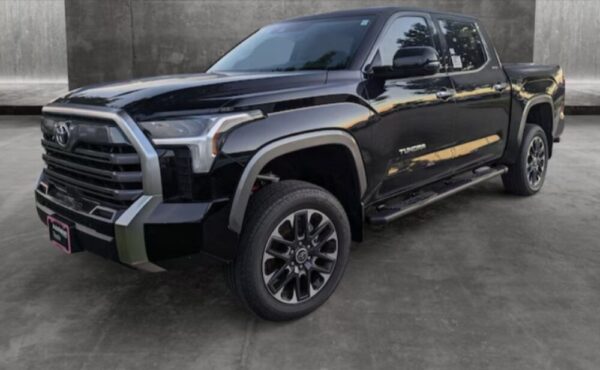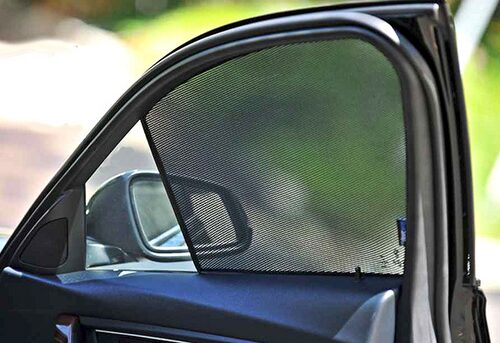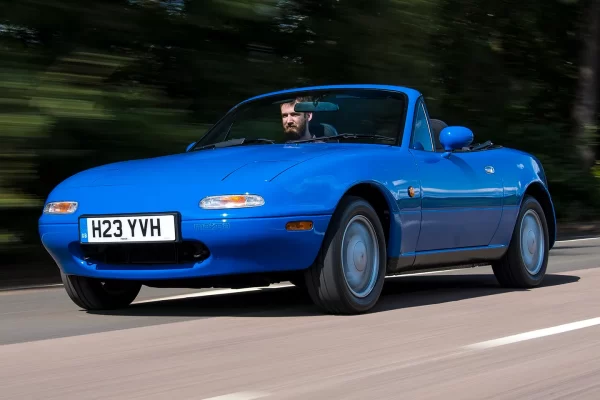The Mini first burst onto the public stage on 26 August 1959. It was greeted as being both cherubic and having a loveable charm. However, that was not the point from the view of the designer. He had created a car that could carry four adults, within the smallest dimensions possible, whilst also being able to run for over 40 miles on one gallon of petrol.
The latter was of vital importance at a time when the supply of petrol could not be guaranteed.
Most amazingly of all, the car had been created from scratch in under three years. It was for Alec Issigonis, the result of meeting a truly amazing intellectual engineering challenge.
By the time the planning started, Issigonis already was seen to be the potential saviour of the British car industry, so it was no supreise that he was asked, in 1956, to create the ultimate cheap to run car for the British Motor Corporation.
This came at a time when the three-wheeler ‘bubble cars’ were becoming popular because of the small amount of fuel they needed, this despite being flimsy and often dangerous.
The Mini just had to beat these ‘invaders’, and as Issigonis had proven his worth with the Morris Minor he was considered to be the only man for the job. However, he only agreed if he was given total creative control.
Once fully engaged, his mind was soon full of novel, innovative ideas, these often starting on the back of cigarette packet or a napkin.
The biggest of the proposed changes was to mount the engine across the width of the car. This maximised the available space in the 10ft length he envisaged. It was planned to use a small 848cc four cylinder engine, the gearbox being placed under the engine inside the oil sump.
The problem of having to drive the front wheels, which naturally had to be able to turn, was solved using specially designed constant velocity joints, these being adapted from ball joints used in WW2 submarines.
That was not the only innovation, though. Having done away with the need for the transmission tunnel, the designer then came up with a way of removing the need for the traditional type of suspension. He did this by using rubber cones, further reducing the size of the car by using small 10 inch diameter wheels.
Size was not the only thing that was small about the Mini either, it was also very cheap, costing just £496 for the most basic model. This low price meant that things were very basic, though. No full dashboard, just a speedometer with fuel and temperature indicators, with pull cords instead of internal door handles. Sliding windows were another cost saving change.
The biggest and best thing about the Mini was that it handled like a dream, the wheel at each corner giving it a limpet like ability to stick to the road. This meant that despite the fact that its top speed was low and it did not accelerate very fast, the impression it gave to all was a vivid on; it felt like you were moving much quicker than you really were…
There were any problems though; it was sold at such a low price that BMC failed to make much money from it. A way of saving the range was needed, this being achieved by adding a series of ‘fancy’ Deluxe models, this being followed by even more Super versions. The Mini was also altered to become a van, pick up and an estate.
One of the most famous of all mini variants was, of course, the Mini Cooper. It was John Cooper who saw the potential of the Mini, so he added a tuned engine with an extra carburettor and small disc brakes. Thus in 1961 the Cooper was born, the later Cooper S being capable of 100mph.
It was the Cooper that perhaps was the real ‘saviour’ of the Mini, it bringing the car to the attention of the ‘beautiful people’ of swinging London who realised that it was the ideal way of getting around the capital in style.
This new ‘fan base’ resulted in a whole new industry, ‘customisation boutiques’ flourishing throughout the UK and abroad. The range of changes was huge, wide wheels, hi fi systems, leather seats, full length sun roofs even cocktail cabinets being added.
The Mini really did stand the test of time too, out living its supposed replacement, the Mini Metro by 4 years.
One of the best places to see some of the surving minis and to trace its history is the new British Classic Car museum in Derbyshire; The Great British Car Journey Museum.
It holds over 100 classic cars dating back to the original people’s car the Austin 7.



